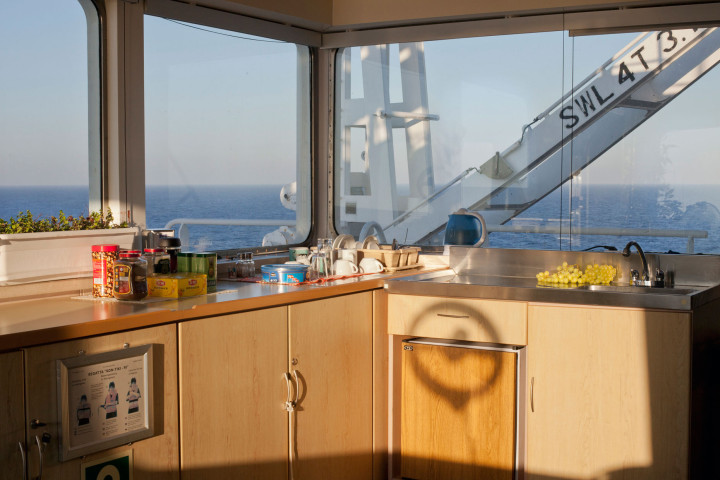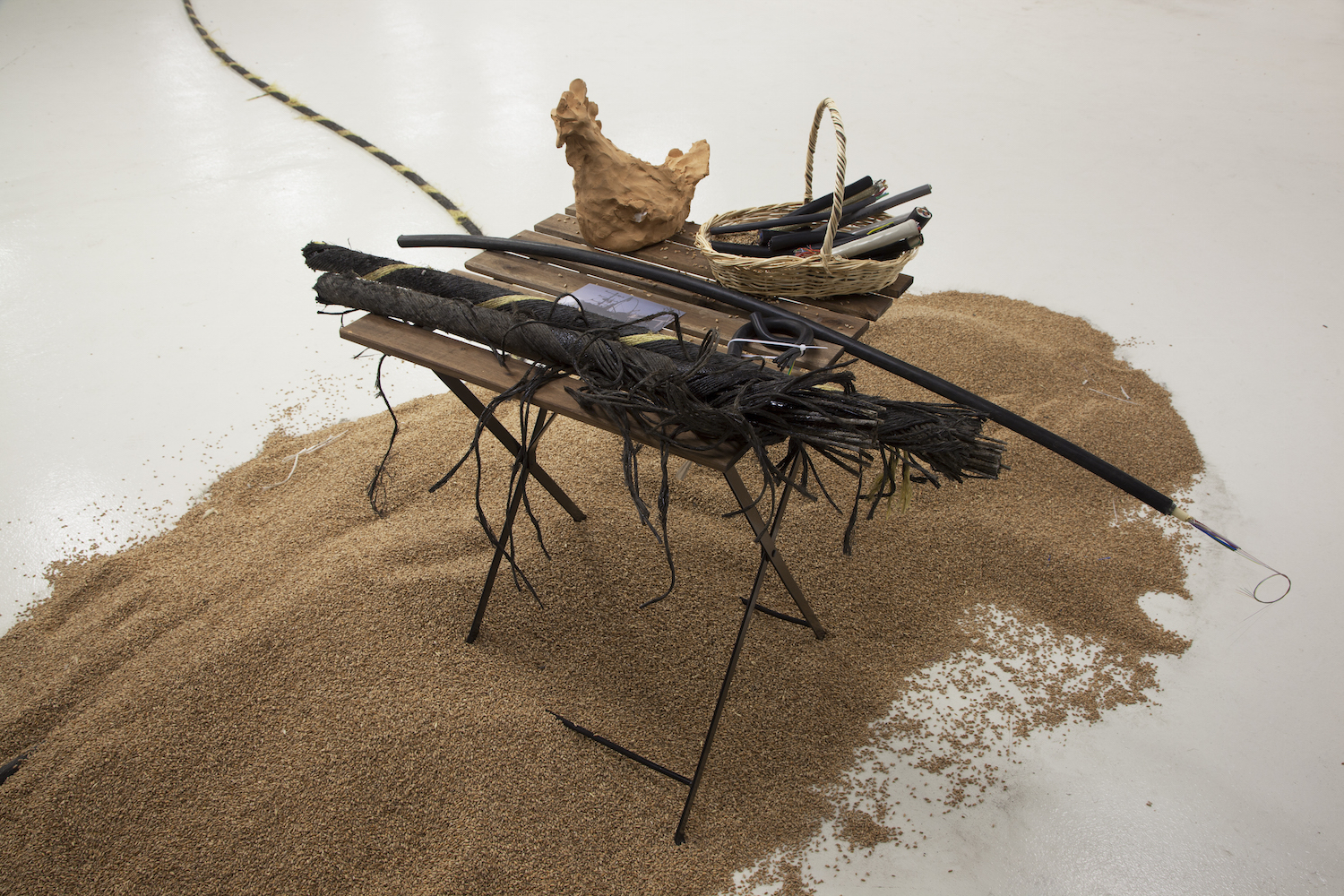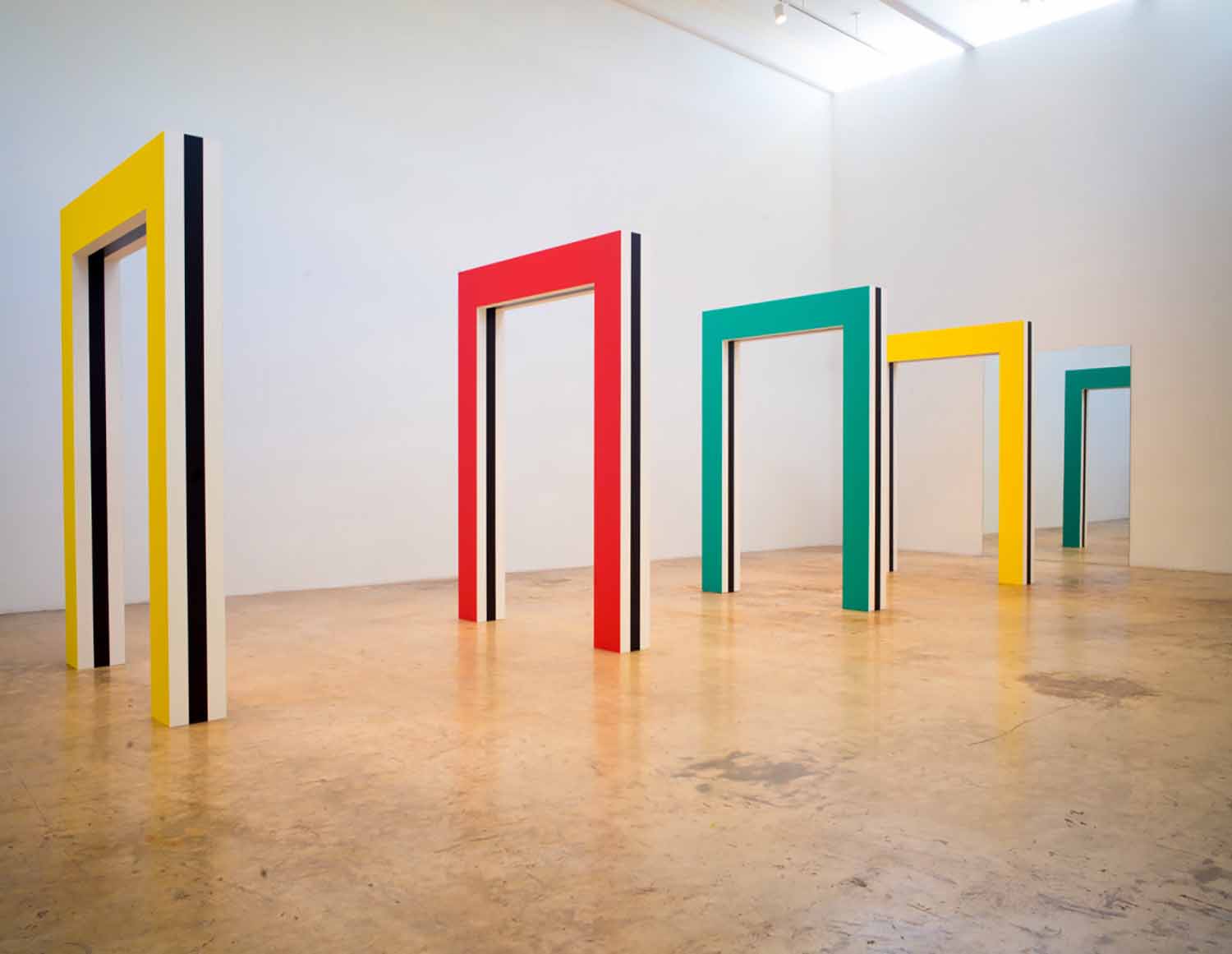Container Artist Residency offers the chance for artists to produce work while aboard a commercial container vessel. Working at sea within a global network of distribution, work will be produced for seven international exhibitions. As the first set of artists (Mari Bastashevski, Tyler Coburn, Tuur Van Balen and Revital Cohen, Erin Diebboll, Ferenc Gróf, Christopher Page, and Samson Young) prepare for their journeys at sea, Flash Art Associate Editor Laura McLean-Ferris spoke to Prem Krishnamurthy, the project’s curator.
Tell me about the genesis of the project.
The project originated with artist Maayan Strauss, who conceived of the Container Artist Residency in 2012 after she had traveled on a container vessel from Israel to New Jersey. Realizing that other artists might be interested in this kind of unusual and unique experience, she decided to create the infrastructure for a fully funded residency program onboard commercial cargo ships by leveraging the resources of ZIM Integrated Shipping Services. Interestingly, she sees the development and launch of this residency program itself as an artist project within her practice.
How did you approach curating the first season? Did you have particular contexts or histories in mind?
Maayan Strauss had in mind historical precedents of artists collaborating with or being integrated into corporate or industrial contexts. Some examples from the late 1960s include LACMA’s Art and Technology program, Experiments in Art and Technology (E.A.T.), the Artist Placement Group in the UK, and others. I also had the opportunity to think through several of these projects while working with Sofia Hernandez Chong Cuy on the 9th Mercosul Bienal in Porto Alegre, Brazil, which had a particular focus in both the exhibition and catalogue on these types of collaborations.
How did you develop your approach to this kind of space?
From the beginning, we knew that the specific conditions of the residency would lead to a self-selecting group of artists. The process was structured as an open call, but it made sense that there would be a large proportion of conceptual applications and artists. In the end, we received over two thousand applications. Together with the jury, we had the difficult task of selecting seven artists, who are already chosen and will be announced in January.
The artists were selected based on a combination of their specific route and proposed area of investigation, along with consideration of the overall grouping. It was important to us to maintain a range of approaches, in order to highlight the status of artists as producers in general — not just a certain kind of practice or subject matter. Some of the artists are addressing the context of commercial shipping criticality and head-on, whereas others are considering the residency from the perspective of having solitary time to work. Others are actually using the opportunity to carry works or materials from one place to another. So there is a real range, which seems important to me — the project will succeed based on how interesting of an experience it is for the seven artists, and how compelling the results of this “meeting of minds” is as a set of exhibitions.
The residency suggests certain forms of institutional critique/collaboration. How does the residency sit within today’s climate of critique?
The project as Maayan formulated it suggests a certain “critique of institutional critique” — questioning whether it’s possible for critique to emerge from the assumed position of artists as independent commentators, isolated from the socio-economic structures and institutions surrounding and supporting them. Although people are more and more aware of how artists play a role in these structures and rely on them, the title “artist” sometimes evokes a romantic liberation from constraints and commitments.
Instead, Maayan “pitched” the residency program to commercial shipping lines as a public image project, with this acknowledgment in mind. The project considers its funding and economic platform as a crucial starting point. Coming out of the design world, I tend to see the relationship of the commercial vs. cultural as a gradient rather than black and white. The two realms are inextricably intertwined, especially as the art market becomes an increasingly capitalized game. Even the best, most critical work has to have a support model — with its funders, patrons, collectors and sponsors — to continue to exist. This project takes this challenge head-on to reroute corporate resources toward artists and their production.
Can you tell us about the artists you have selected? And about some of the routes they will be undertaking?
The artists are an international group, originating from China, Belgium, Israel, Hungary, Russia, Great Britain and the USA. The routes are still being finalized but the voyages will take place in spring/summer 2016. Some ports of departure and arrival include Odessa, Shanghai, Haifa, Pusan and Istanbul. There was a strong interest on the part of the selected artists in the China-Africa routes, which suggests shifting axes of interest and influence on the world stage.



